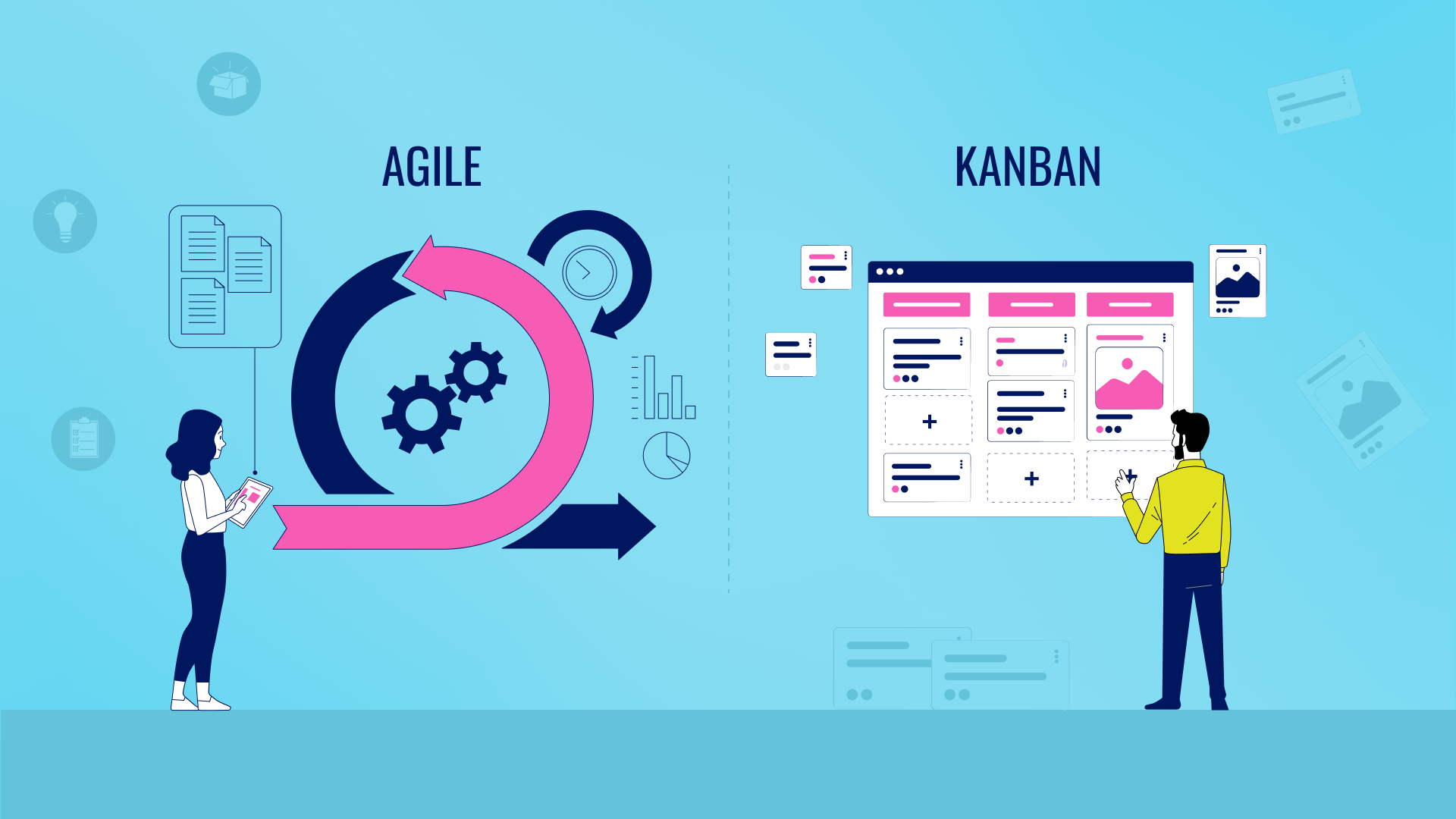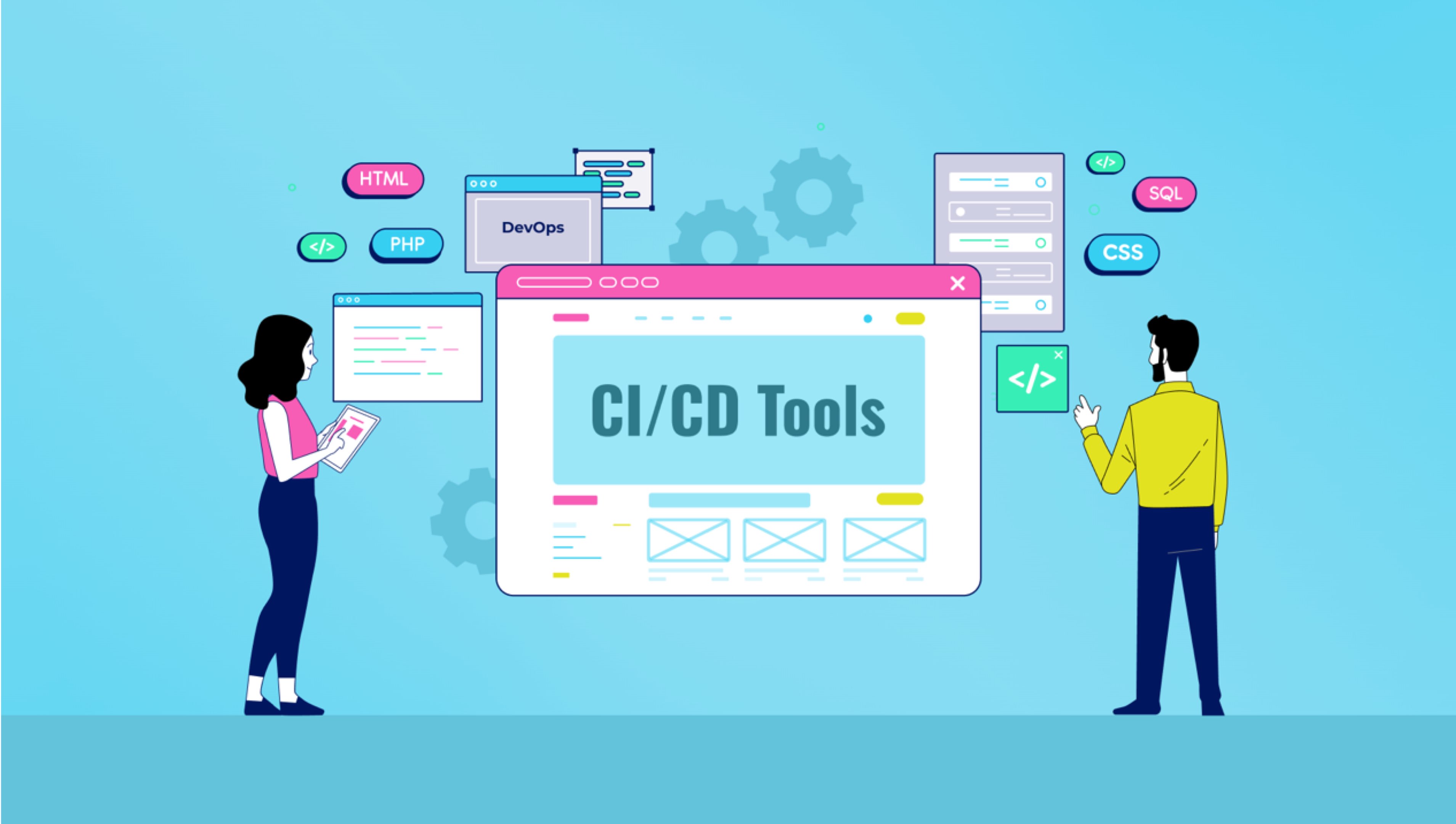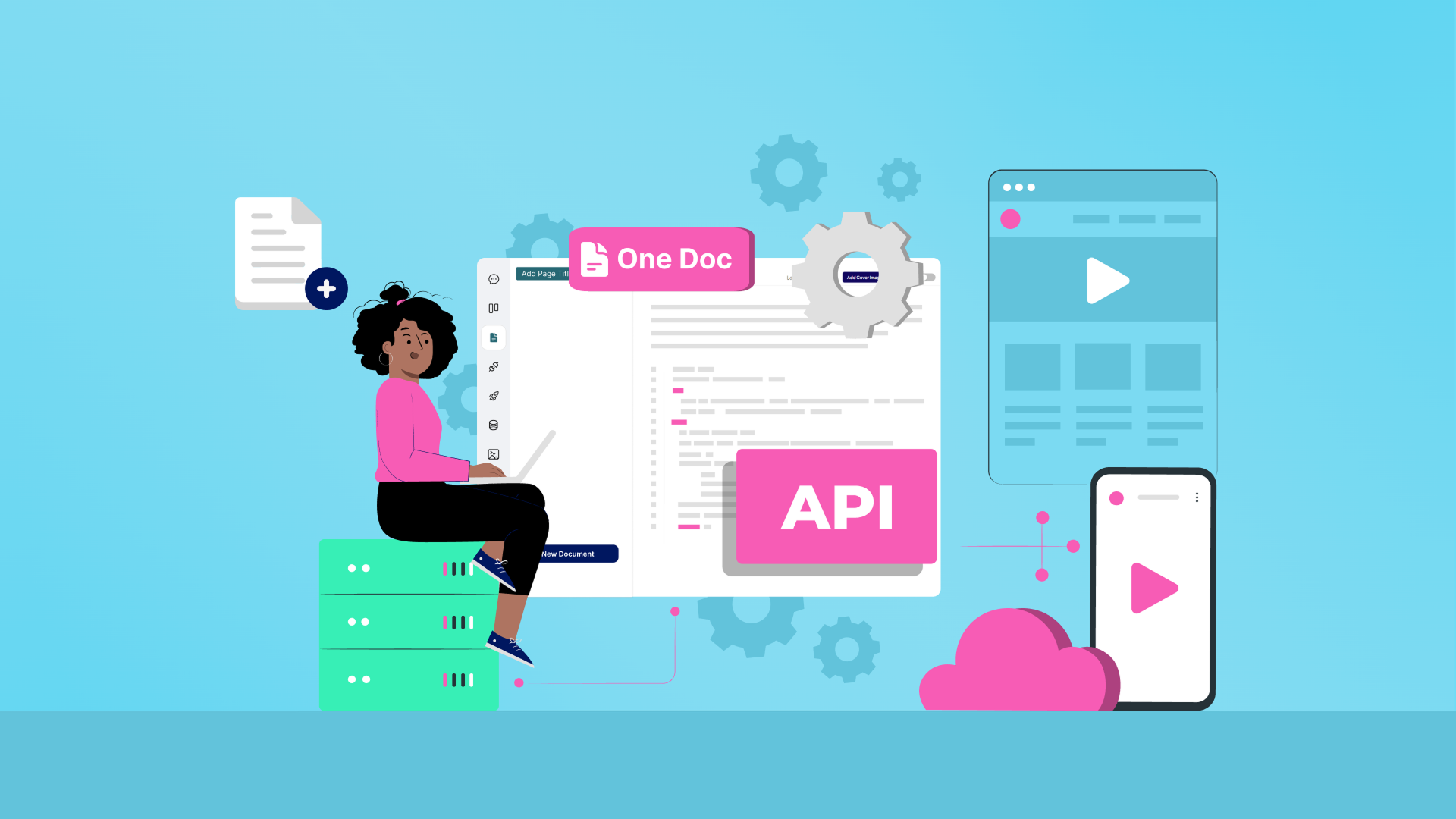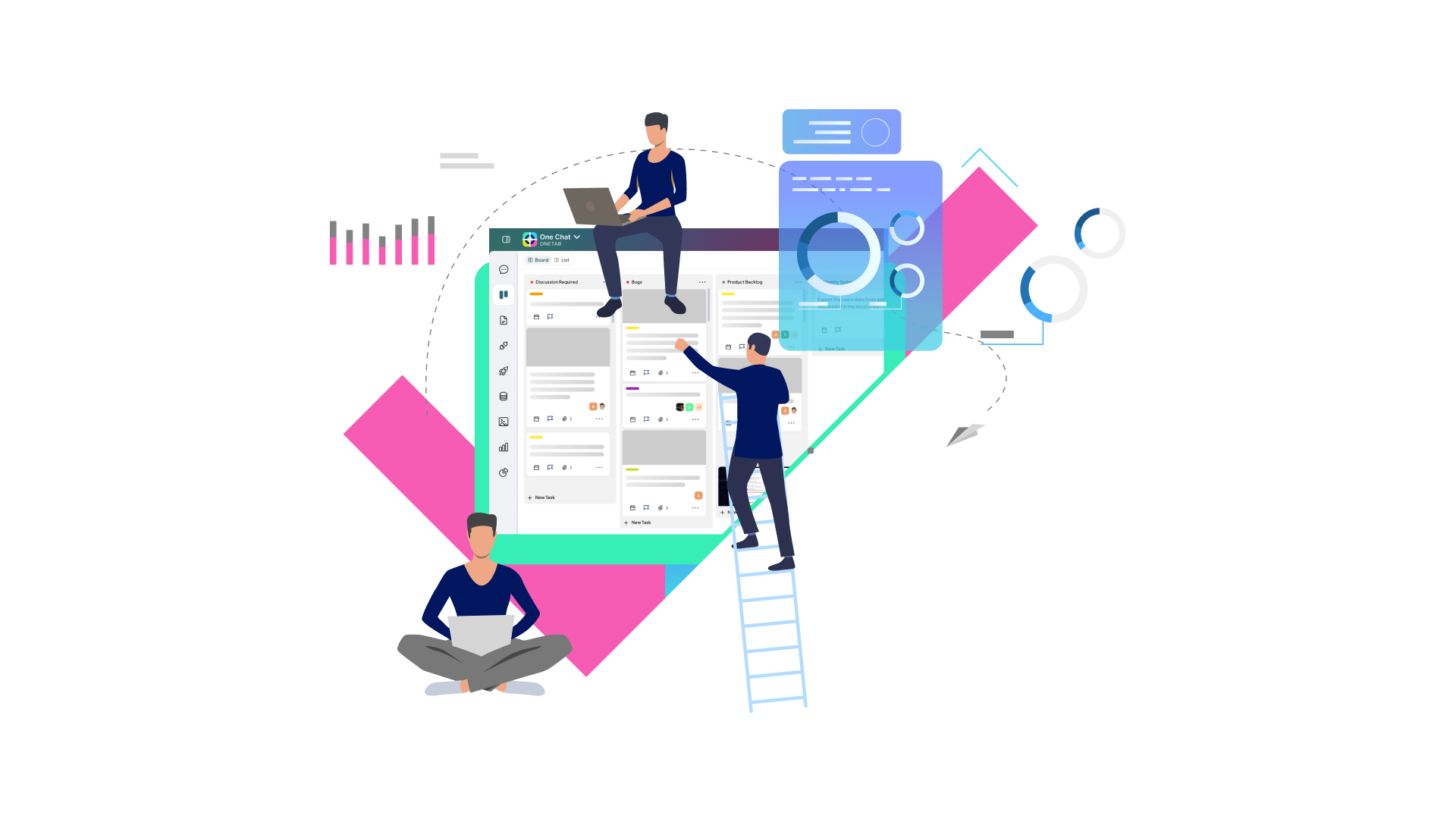Navigating Kanban and Agile Differences in Project Management
Your choice of methodology isn’t just a matter of preference – it’s a decisive factor that influences the entire project’s success. Agile and Kanban, both powerful in their own right, offer distinct approaches to managing workflow, adapting to change, and delivering results.
Understanding which methodology fits your specific challenges is key to unlocking higher productivity, smoother collaboration, and faster problem-solving.
Let’s explore how Agile and Kanban tackle common project roadblocks to help you make an informed decision for your team.
What is Agile Methodology
Agile methodology is a dynamic project management framework focusing on iterative development, continuous collaboration, and customer feedback. Initially designed for the software development sector, its principles have broadened to various industries, providing a flexible way to manage projects. Agile emphasizes delivering small, functional components in short cycles called sprints, lasting one to four weeks. This approach allows teams to gather valuable feedback after each sprint, enabling them to refine their work effectively. By prioritizing adaptability and responsiveness to change, Agile empowers teams to meet customer needs, ensuring project success in a fast-paced environment.
| Pro Tip: Leverage continuous feedback loops in your sprint reviews to catch issues early, ensure alignment with evolving customer needs, and deliver higher-quality solutions faster. |
Key Features of Agile
1. Sprints:
In agile project management with Kanban, a project is broken down into manageable iterations known as sprints. Each sprint has a set deadline and defined deliverables, allowing teams to focus efforts and achieve milestones efficiently. This iterative approach facilitates timely progress and fosters a sense of accomplishment as each sprint is completed.
2. Cross-Functional Teams:
Agile thrives on the power of cross-functional teams. These teams bring together individuals with diverse skills and expertise, enabling them to collaborate effectively on project tasks. This collaboration ensures that various perspectives are considered, enhancing creativity and innovation while driving the project forward.
3. Adaptability:
One of the hallmark features of agile project management is its inherent adaptability. Agile frameworks, including Kanban, embrace flexibility, allowing teams to adjust based on real-time customer feedback and evolving project requirements. This responsiveness ensures that the project remains aligned with stakeholder expectations and can pivot as needed.
What is Kanban?
Kanban is a robust methodology that originated in lean manufacturing and was developed by Toyota to optimize production processes. Its primary goal was to enhance efficiency and minimize waste. Over time, Kanban has evolved into a key component of agile development, allowing teams to manage their workflow effectively. So, what is Kanban Agile? Unlike traditional Agile methods that rely on time-bound sprints, the Kanban agile methodology emphasizes visualizing tasks and maintaining a continuous flow of work. This approach helps teams adapt to changing priorities without the constraints of rigid deadlines, making it a versatile tool for boosting productivity.
Explore, Adapt, and Manage
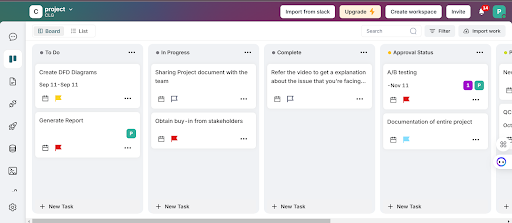
Key Features of Kanban
1. Visual Task Management:
Kanban utilizes a visual board to display tasks in various stages, such as to Do, In Progress, and done, offering a clear overview that enhances team communication and collaboration.
2. Work-in-Progress (WIP) Limits:
Kanban sets WIP limits to prevent team overload, ensuring that only a manageable number of tasks are tackled simultaneously. This approach improves focus and productivity while maintaining quality.
3. Continuous Flow:
Unlike Agile, which operates in sprints, Kanban promotes a continuous workflow. As tasks are completed, new ones are pulled in, allowing teams to adapt swiftly to changing priorities.
Kanban vs. Agile
| Key Differences | Kanban | Agile |
| Approach to Workflow | Uses a visual board to create a fluid, ongoing workflow, dynamically adjusting tasks based on team capacity. | Employs an iterative approach, breaking projects into fixed-length sprints, providing structure but limiting flexibility. |
| Flexibility and Adaptability | Excels in flexibility, allowing teams to adjust task priorities effortlessly at any moment. | Operates within a structured framework, focusing on a predetermined set of tasks for each sprint, discouraging changes once a sprint commences. |
| Team Roles and Responsibilities | Roles are less defined, with team members enjoying more autonomy to manage tasks collaboratively. | Defines specific roles, such as Scrum Master, Product Owner, and Development Team, ensuring accountability but potentially sacrificing flexibility. |
| When to Use | It is best for ongoing projects with frequently changing priorities. It is ideal for teams needing adaptability and continuous progress without fixed deadlines. | They are suited for projects with clear deliverables and deadlines, where regular feedback and structured roles are necessary. |
Should You Choose Kanban or Agile for Your Projects?
Scenario 1: Unclear Task Prioritization
Problem:
When tasks are not clearly prioritized, teams struggle to understand which tasks to tackle first, leading to wasted time and confusion.
How Kanban solves it:
Kanban’s visual approach allows teams to see tasks based on their priority by organizing them on the board. Tools like OneKanban make it easy to reorder tasks, ensuring high-priority items move through the workflow faster.
How Agile solves it:
Agile frameworks, like Scrum, emphasize a prioritized backlog. The product owner regularly refines this backlog, ensuring that the team always works on the most important tasks in each sprint.
Scenario 2: Overloading Teams with Too Much Work
Problem:
Assigning too many tasks overwhelms teams, causing stress and reducing overall productivity.
How Kanban solves it:
Kanban uses WIP (Work In Progress) limits to prevent teams from taking on too much at once. This helps maintain a balanced workload and keeps the focus on completing tasks efficiently.
How Agile solves it:
In Agile, sprints are planned with a set amount of work that the team can realistically achieve. By breaking projects into time-boxed iterations, Agile ensures that teams only commit to the amount of work they can handle.
Scenario 3: Slow Response to Changes
Problem:
In dynamic environments, the inability to quickly adapt to changing requirements can lead to outdated deliverables and missed opportunities.
How Kanban solves it:
Kanban’s continuous flow allows teams to adjust priorities on the fly, as new tasks can be added to the board at any time without disrupting the workflow.
How Agile solves it:
Agile thrives in environments with frequent changes, as it emphasizes short iterations (sprints) and regular feedback loops, allowing teams to incorporate new information at the start of each sprint.
Scenario 4: Lack of Transparency and Visibility
Problem:
Without a clear view of ongoing tasks, it’s difficult to track progress or identify issues, which can hinder decision-making.
How Kanban solves it:
Kanban boards provide a real-time visual representation of task statuses, giving stakeholders and teams transparency across the entire workflow. This reduces uncertainty and makes it easy to spot delays or roadblocks.
How Agile solves it:
Agile ensures transparency through daily stand-ups, where teams discuss what’s being worked on, and retrospectives, where they review progress. This frequent communication keeps everyone aligned on the current project state.
Scenario 5: Inefficient Use of Team Skills
Problem:
When tasks are not matched to the right team members, productivity and the quality of deliverables suffer.
How Kanban solves it:
In Kanban, team members can pull tasks from the board that align with their skills, ensuring that each person works on tasks that suit their expertise. This self-organizing approach optimizes the use of team skills.
How Agile solves it:
Agile teams are cross-functional, which means team members are encouraged to take on a variety of roles. Sprint planning sessions help assign tasks based on each person’s strengths, ensuring a balanced distribution of work.
Scenario 6: Missed Deadlines
Problem:
Inconsistent tracking of task progress can lead to missed deadlines, disrupting project timelines.
How Kanban solves it:
Kanban’s continuous flow model makes it easy to track tasks in real-time. With WIP limits and visual cues on the board, teams can better predict and meet deadlines by maintaining a steady work pace.
How Agile solves it:
Agile uses sprints, which have fixed durations (usually 1-4 weeks), with clearly defined goals. Teams are committed to completing the selected work within this time frame, making it easier to meet deadlines.
Scenario 7: Poor Quality Deliverables
Problem:
Rushed work or lack of focus on quality can lead to poor deliverables, requiring rework and wasting resources.
How Kanban solves it:
With Kanban’s emphasis on limiting work-in-progress, teams can focus more on the quality of each task. Additionally, visualizing the entire process allows for early detection of quality issues, reducing rework.
How Agile solves it:
Agile practices like continuous testing and regular feedback loops, including sprint reviews, ensure that quality is integrated into the process. Teams review their deliverables at the end of each sprint to maintain high standards.
Scenario 8: Frequent Bottlenecks in Workflow
Problem:
Bottlenecks cause delays, impacting the progress of the entire project.
How Kanban solves it:
By visualizing the workflow on a Kanban board, bottlenecks become immediately apparent. Tools like OneKanban help identify and address these issues as soon as they arise, and WIP limits ensure that bottlenecks are minimized.
How Agile solves it:
Agile teams regularly reflect on their workflow during retrospectives, adjusting processes to identify and eliminate bottlenecks and improve team coordination for future sprints.
Scenario 9: Lack of Team Collaboration
Problem:
Poor collaboration hinders productivity and can lead to isolated work silos, reducing overall team effectiveness.
How Kanban solves it:
Kanban encourages a pull-based system, where team members take ownership of tasks and collaborate to ensure smooth progress through the workflow. The visual board also promotes discussions around tasks and priorities.
How Agile solves it:
Agile frameworks like Scrum rely on ceremonies such as daily stand-ups, sprint reviews, and retrospectives to foster collaboration and communication, ensuring that team members work closely together toward shared goals.
Scenario 10: Difficulty Estimating Project Timelines
Problem:
Inaccurate estimates can result in unrealistic expectations and missed deadlines.
How Kanban solves it:
Kanban doesn’t rely on strict timelines but uses metrics like cycle time to predict how long tasks typically take. By tracking performance over time, teams can make more accurate forecasts for future tasks.
How Agile solves it:
Agile uses time-boxed sprints and story points to estimate the effort required for tasks. Through regular sprint reviews, teams improve their estimation skills, leading to more accurate timelines.
Make the Right Choice for Your Project’s Success.
Both Kanban and Agile methodologies offer valuable tools for project management. The key to success lies in understanding their differences and applying the one that best fits your project’s needs. While Kanban provides flexibility and continuous improvement, Agile delivers structured iterations and a focused approach. Ultimately, choosing between these methodologies will depend on your project’s goals, the team’s working style, and how adaptable the process needs to be for successful execution.
